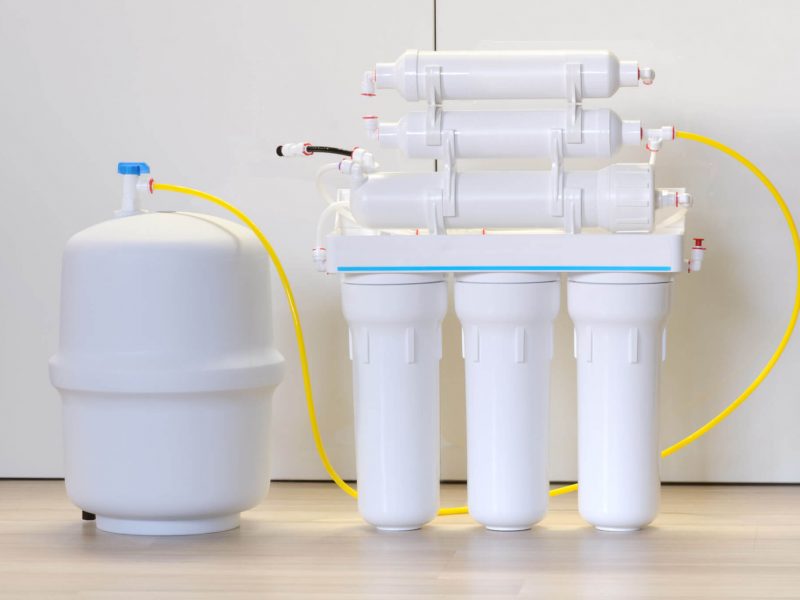
Amongst the gifts that nature has got to offer to mankind, water is the one we must be most thankful for. The reason is that it’s basically essential and helps keep us alive. However, it’s now becoming scarce.
More so, water is only a blessing when it’s pure and free from contaminants. Else it can be a breeding ground for diseases and can be very harmful to human health. This article shall discuss one way through which we clean the water.
It’s called reverse osmosis. It’s a filtration method designed to keep the water clean and drinkable. There are several processes involved. The process basically balances out the water. If there are any large or small dust particles, they will get filtrated via reverse osmosis. The process also maintains the level of minerals and other particles in the water.
This is the best method so far to clean the water. The process is commonly used for various household and commercial purposes. We shall now have a deeper look at the functioning of the RO systems. Here’s a step by step explanation of the processes of the RO system:
Pre-Filtration
This is the first step where the water is treated for large impurities before it is treated on a molecular level.
Here, in the pre-filtration process, the water is run through a series of filters where carbon impurities and sediments are removed. The water is run with great pressure through the filters, and that gets the work done.
Reverse Osmosis
Reverse osmosis is a fairly simple process to understand. The liquid is passed through a semi-permeable membrane which treats the water on a molecular level.
To the naked eye, the membrane looks impermeable. To understand better, let’s see what a semi-permeable membrane is. A semi-permeable membrane is one that allows some particles to pass through and stops the others.
This means that when the water is treated for reverse osmosis, a special membrane is developed depending upon the size of the molecules present in the water. Then, when the water is run through the membrane, the particles small enough to cross become part of water. The large ones are stopped out and separated from the water.
That’s how the water is purified on a molecular level. Plus, that’s how the mineral adjustment is made as well.
Special Filtration
Not all impurities are removed via reverse osmosis. So small particles may still be in the water. They are removed via special filtration. This step has some processes where harmful particles like lead, mercury, and VOCs are treated.
Drainage and Storage
This is the last process. Here the wastewater is drained out, and the consumable water is stored. The RO systems work with different levels of efficiency, and you should ensure that you get the one that has high efficiency.
Final Words
Reverse osmosis is a technology that helps make water drinkable. Even for industrial use, RO is an essential technique. Without pure water, many industries will collapse. For residential use, RO systems are designed to offer clean drinkable water.
But the system can be installed for daily use water as well. For instance, clothes that are cleaned using RO treated water maintain their integrity for longer periods. There are several other uses and benefits of installing the system.
Now that you understand the process and the benefits of an RO system, it would be a wise move to get one. If you are looking to have one for yourself, then you may contact TPS Water Technologies. We have been in the business for approximately four decades now.
We have been leading the industry in the field of water solutions. We are mentioned amongst the top Ro plant companies in the region. So if you are looking for RO water filters or other water solutions for your residential or commercial needs, then call us right away.

Recent Comments